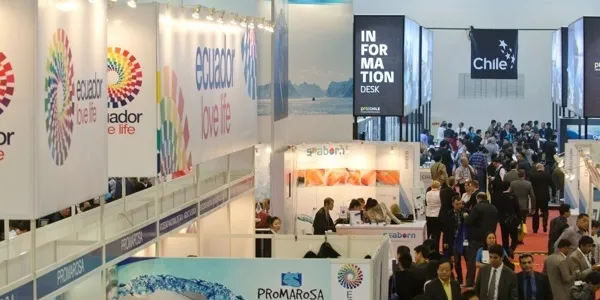China show blog: Eco-labels not a subject in China ... yet
Keep clicking back to IntraFish, as we bring you all the news from the show floor of the China Seafood and Fisheries Expo, in Dalian.

Keep clicking back to IntraFish, as we bring you all the news from the show floor of the China Seafood and Fisheries Expo, in Dalian.
